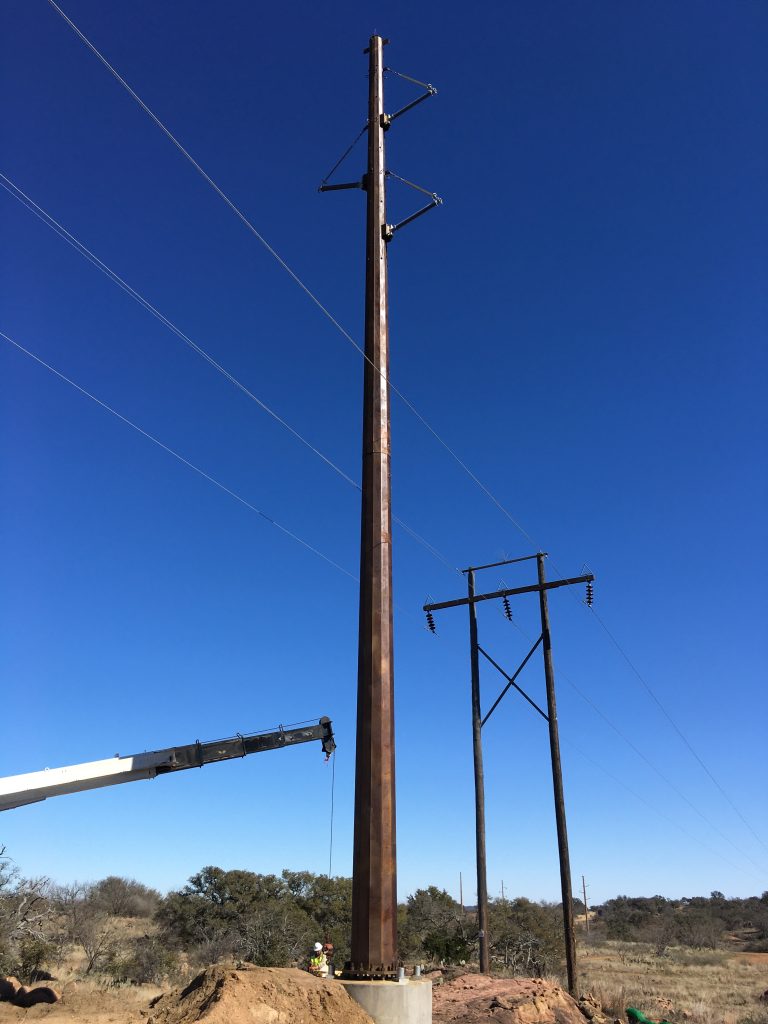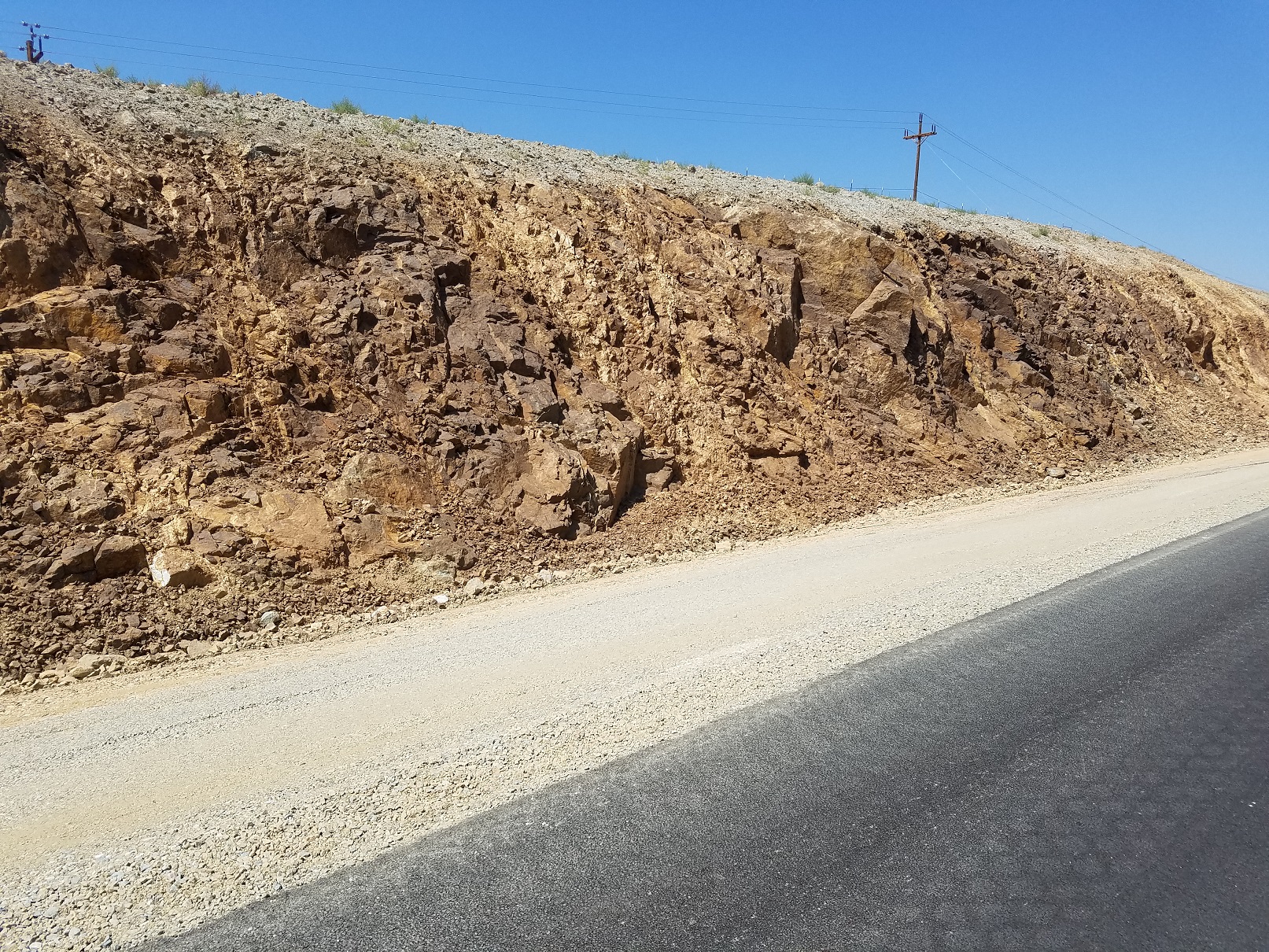Grid Hardening Starts Today

The Science and History of Desert Varnish
March 20, 2025
Overhead view of a Natina-treated lattice tower.
Materials That Meet Modern Engineering Standards
Imagine a line of power poles stretching across a remote ridgeline. The sun shines, birds chirp and all seems calm. Suddenly, the wind picks up and lightning strikes igniting dry brush. A wildfire erupts. In moments, that serene landscape becomes a battleground against nature’s fury.
If those poles are wooden, the outcome might be dire.
This scenario underscores why grid hardening has become a nationwide imperative.
What Is Grid Hardening?
Grid hardening is preparing utility systems to handle disruption before it strikes. By designing infrastructure to withstand threats like wildfires, hurricanes and ice storms, utilities can significantly limit disruptions and restore power faster. It also means responding quickly with the right materials and deploying to restore power safely. When done right, grid hardening helps utilities protect what matters, deliver reliable service and support energy demand in an increasingly electrified world.¹

Natina-treated pole installed for grid hardening and durability.
The Limitations of Wooden Poles
Wooden utility poles have long been a staple due to their affordability and ease of installation. However, they present several challenges:
• Fire Risk: Wood is combustible, posing significant hazards in wildfire-prone regions.
• Decay and Pests: Susceptible to rot, insects and environmental degradation.
• Variable Lifespan: Many utilities report average service lives between 30 to 50 years.²
• Environmental Concerns: Treated wood can leach chemicals into the soil, raising ecological issues.
These factors contribute to increased maintenance costs and potential service disruptions.
The Advantages of Galvanized Steel
Galvanized steel poles offer a reliable alternative, addressing many of the shortcomings of wood:
• Longevity: Lifespans of 50 to 80 years depending on conditions.³
• Fire Resistance: Non-combustible, reducing wildfire risks.
• Durability: Resistant to pests, rot and environmental wear.
• Lower Maintenance: Requires less frequent inspections and treatments.
• Environmental Benefits: Recyclable and free from harmful chemical treatments.
The long-term savings and reliability make galvanized steel an attractive option for modern infrastructure.⁴
Addressing Aesthetic Concerns
Despite their functional benefits, galvanized steel poles have faced criticism for their shiny, industrial appearance, which can clash with natural landscapes and community aesthetics.
Introducing Natina: Blending Strength with Beauty
Natina offers a solution that marries the durability of galvanized steel with aesthetics. Our proprietary treatment reacts with the galvanized surface to produce a rustic brown finish, allowing poles to blend seamlessly into their surroundings.
Benefits include:
• Climate agnostic: Performs in dry, wet, humid or coastal areas
• Enhanced Aesthetics: Achieves a rustic look that complements natural environments.
• Preserved Durability: Maintains the protective qualities of galvanized steel.
• Eco-Friendly: Utilizes environmentally safe processes.
• Cost-Effective: Reduces the need for additional coatings or frequent replacements.⁵
With Natina, utilities no longer have to choose between resilience and aesthetics. They can have both.
And with the right materials, like Natina, resilience doesn’t have to come at the expense of design. You can strengthen the grid and preserve the view.
Discover how Natina is redefining energy infrastructure aesthetics. Visit How Natina Impacts Energy & Utilities to learn more.

Crews install Natina-treated lattice tower section using crane in mountainous terrain.
Footnotes:
1. Utility Pole Maintenance and Upgrades Resilience Investment Guide, U.S. Department of Energy
2. Estimated Service Life of Wood Poles, Woodpoles.org
3. Steel Distribution Poles, American Galvanizers Association
4. Take a Second Look at Steel: Hot-Dip Galvanized Steel Sustainable, American Galvanizers Association
5. Steel Utility Poles Versus Wood, Steel Times International

















